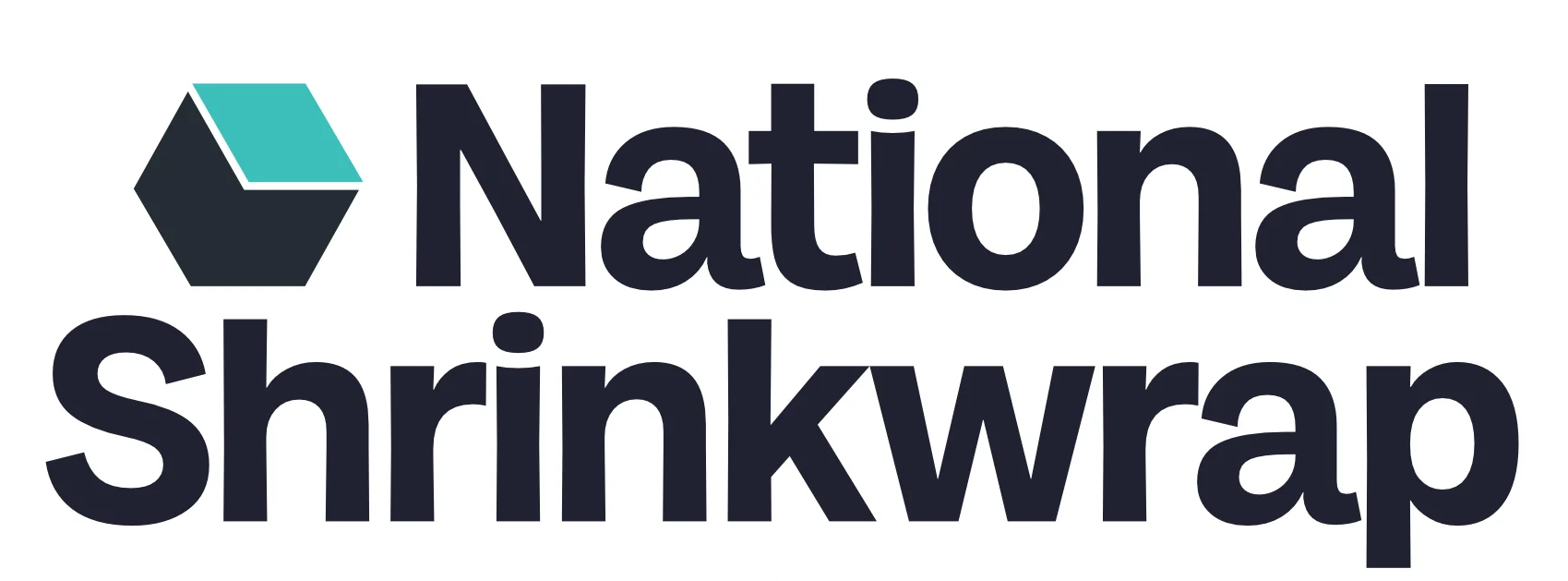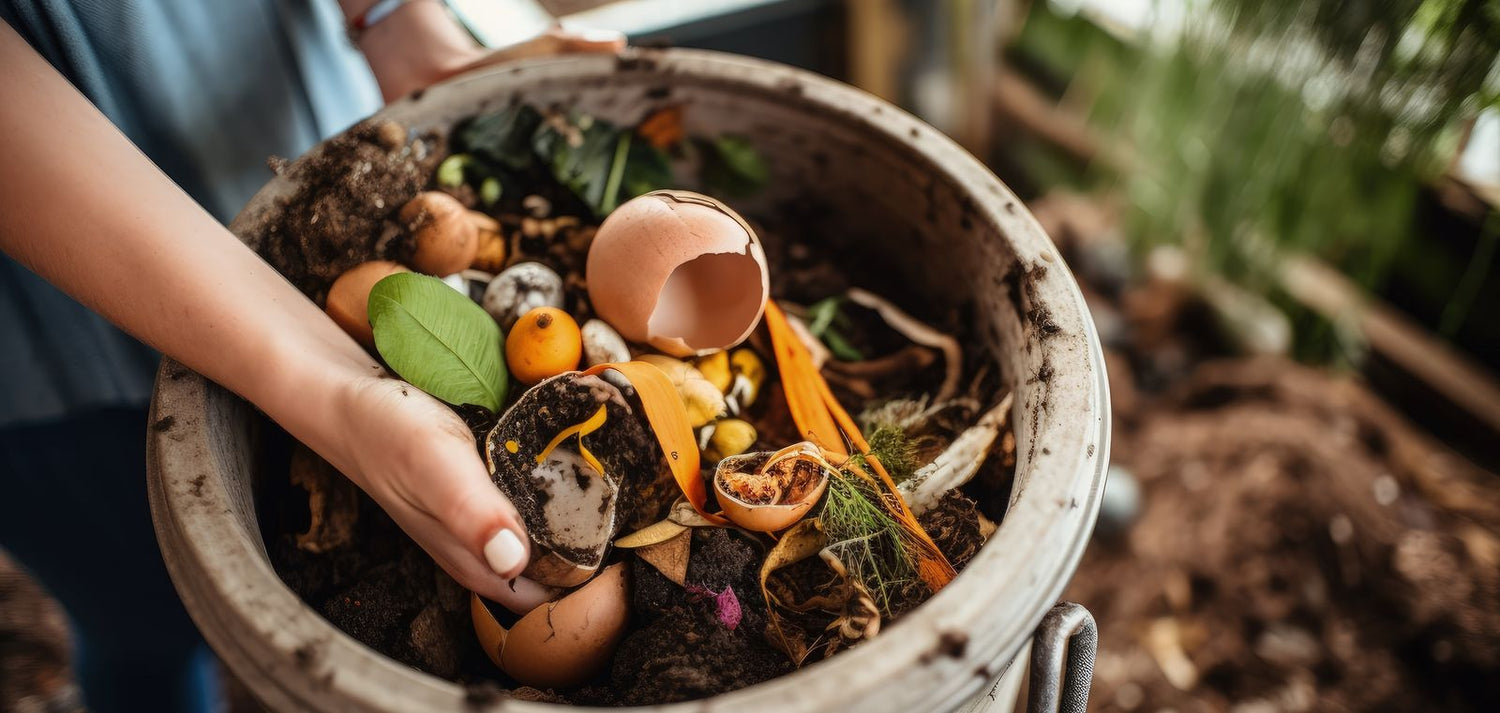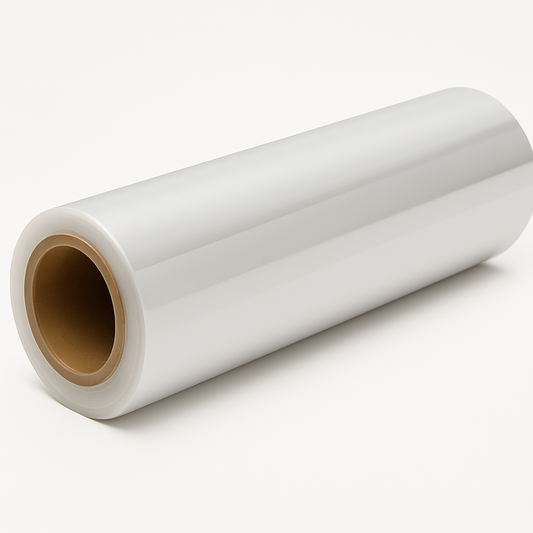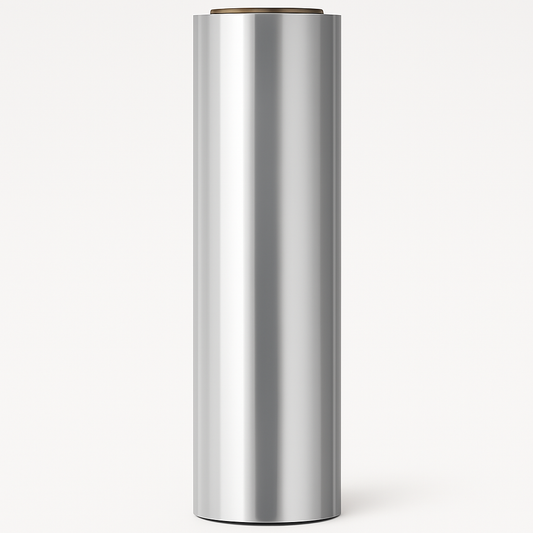Biodegradable vs. Plastic Shrink Wrap Film: Pros and Cons?
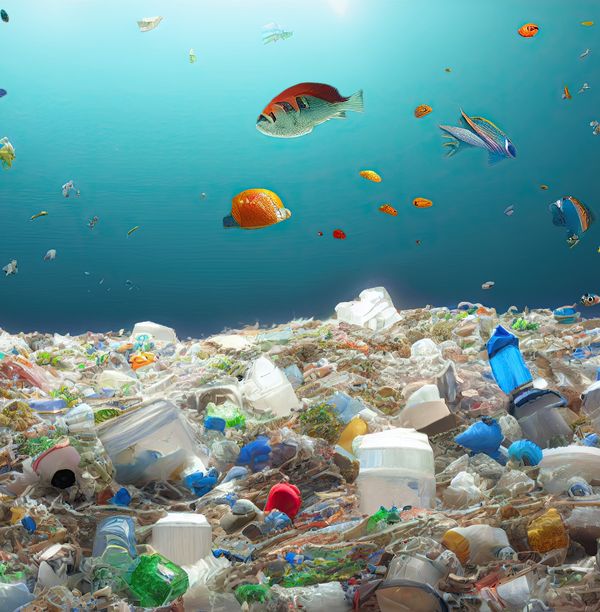
Convenience versus environmental concerns is now more prominent in consumers.
Social media has helped spread the horrors of plastic pollution. The Great Pacific Garbage Patch is the consequence of improper waste disposal. Scientists have detected microplastics in the human body. Photos of ocean wildlife suffocating from plastic have gone viral.

Did you know that people are more likely to support green industry businesses?
However, you also have to consider the practicality of running your business. There are costs and accommodations to consider. Are they worth the brand image and customer satisfaction, though?
If you're reading this, you may wonder what shrink wrap film you should use. Is it time to switch to biodegradable plastic wrap? Or should you stick to your guns with polyolefin?
Pros and Cons: Traditional Plastic Shrink Wrap
There are three commonly used traditional plastic shrink wraps: PVC, polyolefin, and polyethylene.
PVC is easy to tear for those unwrapping their packages. Businesses today use polyolefin more today than PVC. It's also excellent with consumer products, including food. While polyethylene is the strongest, it is more used for industrial applications.
People are often surprised to discover that traditional plastic is recyclable. In the packaging process, it is also durable and more available.
Why Traditional Plastic is Good
Environment: Recyclable
Assuming high-quality and free from other debris, you can recycle traditional plastic. We recommend contacting a recycling center if your business generates plastic waste.
Practicality: Resilient
Traditional plastic has the tensile strength to protect items from damage. PVC is often used for non-edible consumer products. The FDA approves polyolefin to have direct food contact. Polyethylene is for large-scale heavy-duty wrapping of objects.
Practicality: Readily Available
Plastic shrink wrap is more available to buy than biodegradable plastic wrap. Therefore, your packaging process is smoother when you have a steady supply of traditional plastic wrap.
Why Traditional Plastic Is Bad
Accommodation: May Not Be Easy to Recycle
While traditional plastic is recyclable, only a few recycling centers have specialized equipment. Therefore, we recommend Rubicon. This international waste management company can pick up your accumulated plastic for recycling.
Consumer Experience: Environment Guilt
People are now looking for earth-friendly businesses to support. Businesses that use excessive plastic shrink wrap can give consumers environmental guilt. This is because individuals have fewer means of recycling their waste.
Pros and Cons: Biodegradable Plastic Shrink Wrap
Biodegradable plastic shrink film such as Biolefin™ is a heat-shrink wrap for items. People can use it with an impulse sealer or a heat gun like traditional plastic wrap.
Biolefin's™ most significant advantage over traditional plastic is its 100% biodegradability. Unlike plastic which degrades into microplastics, it degrades into harmless plant food components.
Basically, Biolefin™ still takes a longer time to decompose compared to other biodegradable waste. It is also comparably expensive to traditional plastic.
Why Biodegradable Plastic Shrink Wrap is Good
Environment: Biodegradable
Traditional plastic wrap can take 40-50 years to degrade. Biolefin™ degrades in 2-3 years. In addition, it's Oxo-Biodegradable. This means that when exposed to light, air, and water, it degrades into food for microorganisms. Hence, it gives guilt-free consumption to consumers and business owners.
Practicality: Resilient
Biolefin™ shrink wrap can last for 1-2 years in storage. It is durable when heat-shrunk and protects items from scratches. Plus, it also does not tear from mishandling.
Brand Image: Going Green
As mentioned before, people are getting more environmentally conscious. According to a 2022 report, 66% of US adult consumers are willing to pay more for sustainable products.
Safety: Food-Safe
Like polyolefin, Biolefin™ is also transparent and safe for direct food contact. Transparency allows consumers to inspect the product while keeping it fresh and protected.
Consumer Experience: Scent Permeable
Biolefin™ wrap is permeable. It lets consumers experience the product's scent and increase their desire.
Why Biodegradable Plastic Shrink Wrap is Bad
Accommodation: Requires Proper Composting
Biolefin™ is compostable in a commercial composting center. Consumers can compost it at home. But since Biolefin™ decomposes within 2-3 years, it may not be an ideal fertilizer for some.
Costs: Expensive
Biolefin™ is almost twice expensive as polyolefin with the exact measurements. Therefore, when considering bioplastic shrink wrap, ensure the business benefits outweigh the cost.
Which Is Better: Biodegradable vs. Traditional Plastic Shrink Wrap Film
People are now more willing to spend more on sustainable products. However, it would help if you also considered other factors to keep your business running.
Traditional plastic wrap is strong and readily available. It is also recyclable, but it can be hard to recycle responsibly and create environmental guilt in the consumer experience.
Biodegradable plastic such as Biolefin™ is 100% biodegradable, safe, reasonably durable, and creates a positive brand image. However, it will need a proper composting process.
You must factor in your product situation and how environmentally conscious your ideal consumer is.
We hope to have enlightened you!
See our shrink wrap film below to choose which one is for you.
-
18” 500’ 60ga Standard Biolefin
Regular price $142.00 USDRegular priceUnit price per$114.00 USDSale price $142.00 USD -
18” 500’ 75ga Cross Linked Polyolefin
Regular price $98.00 USDRegular priceUnit price per -
18” 500’ 60ga Soft Shrink Polyolefin
Regular price $82.50 USDRegular priceUnit price per$57.95 USDSale price $82.50 USD -
18” 500’ 60ga Cross Linked Polyolefin
Regular price $98.00 USDRegular priceUnit price per -
18” 500’ 75ga Perforated Cross Linked Polyolefin
Regular price $98.00 USDRegular priceUnit price per
